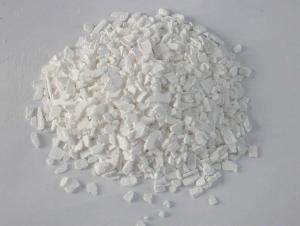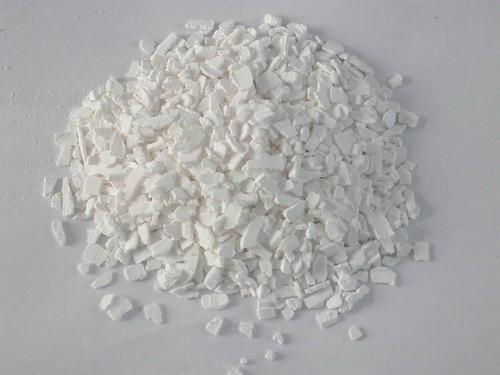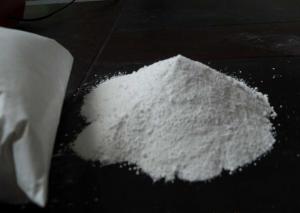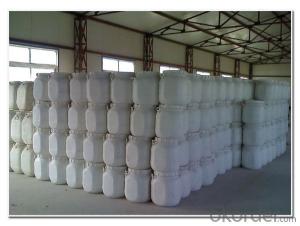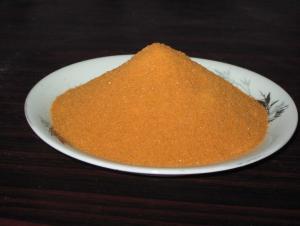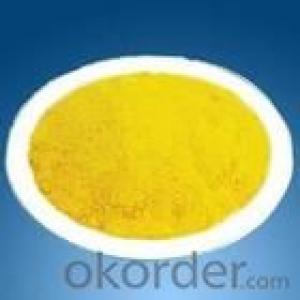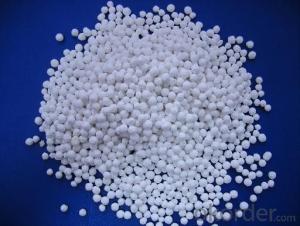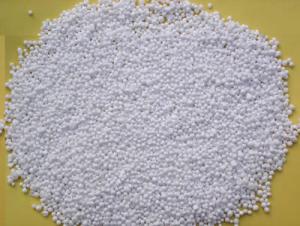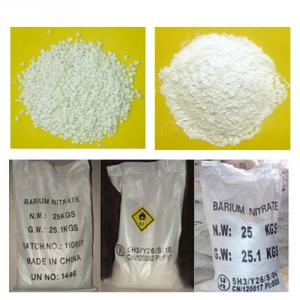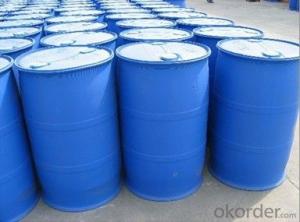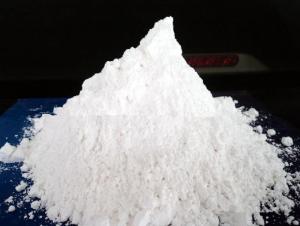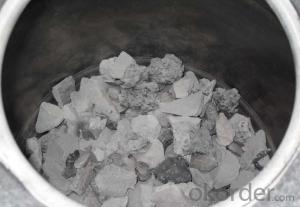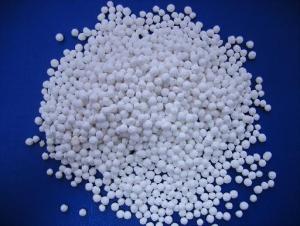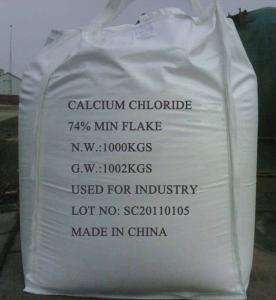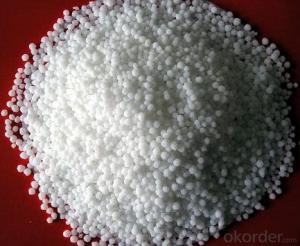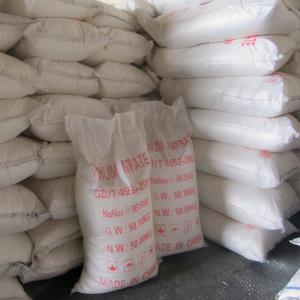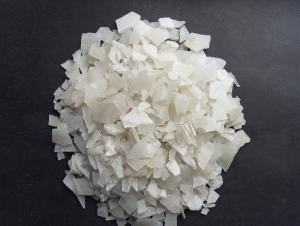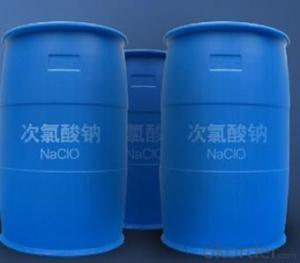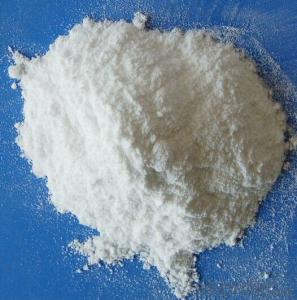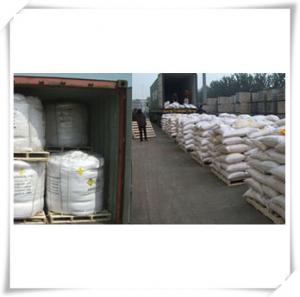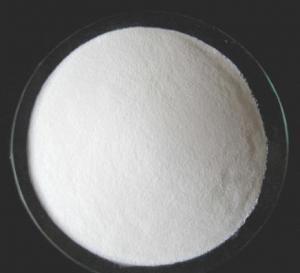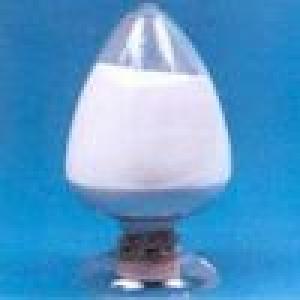Calcium Chloride Industrial grade
- Loading Port:
- Tianjin
- Payment Terms:
- TT OR LC
- Min Order Qty:
- -
- Supply Capability:
- 6000 m.t./month
OKorder Service Pledge
OKorder Financial Service
You Might Also Like
Calcium Chloride 74 % Flake
Most favorable price
Excellent and all round service
Strong and stable supply ability
I - General
1) Calcium Chloride :74%Min
2) White flakes
4) Direct manufacturer
5) CAS:10035-04-8
II - Tech Standard: HG/T 2327-2004
III - Application:
1) - Snow melting and de-icing in winter
2) - Dust controlling in road mantenance
3) - Anti-icing and accelerator for concrete
4) - De-inking in paper manufacturing
IV - Packaging: 25kg/bag in a PP woven bag with PE inner liner.or 1000kg/bag(Jumbo bag)
V - Delivery time: 20 days
VI - Production Capacity: 50mt per day
VII - advantage:
1) Most advanced equipment,
2) Good quality(white,not yellowing and little impurity),
3) Most competitive price,
4) Excellent and all-round service
- Q: How does inorganic salts maintain osmotic pressure and pH
- PH ~ inorganic salts of carbonates bicarbonate, hydrogen phosphate / dihydrogen phosphate, can help regulate the pH value of the internal environment, even if the external environment Zoumu changes, the environment will not change too fast, there will be a Buffer room
- Q: What foods contain inorganic salts?
- Kelp, jellyfish, seaweed, moss; bones, soy products, lean meat, animal liver, brown rice
- Q: Which foods contain calcium-containing inorganic salts
- Calcium and inorganic salts are two concepts, bother you to go back and turn the chemical book and then ask, inorganic salt can eat
- Q: What do we get from the milk?
- Milk is rich in minerals, calcium, phosphorus, iron, zinc, copper, manganese, molybdenum. The most rare is that milk is the best source of calcium in the human body, and the proportion of calcium and phosphorus is very appropriate, conducive to the absorption of calcium. Species is complex, at least 100 kinds, the main ingredients are water, fat, phospholipids, protein, lactose, inorganic salts
- Q: Organic chemistry extraction lab. If the KBr wasn't there I would just add HCl to protonate the NH2, but I'm not sure if that will affect the KBr or the carbon chain. Both of these are in an aqueous phase.
- The amine will certainly coordinate to K+, but the interaction is not very strong and hydrogen bonding from water will compete efficiently. Also, if your amine is soluble in water, you are not going to be able to isolate it by turning it into the corresponding ammonium salt.
- Q: What are the disadvantages of inorganic salt deficiency and too much
- hyperphosphatemia, can cause secondary hyperparathyroidism, calcium and phosphorus deposition changes, vitamin D metabolic disorders, an important factor in renal bone disease, and coronary artery, heart valve calcification and other serious cardiovascular complications;
- Q: Sodiumcorbonate is inorganic salt , why it is not organic substance even it contains carbon?
- Organic molecules have carbon to carbon bonds. EDIT: I wonder why I got a thumb down for stating the definition of an organic molecule? Yahoo answers is a weird place. If there's only one carbon atom in a molecule its not an organic molecule, because there can be no C-C bonds...
- Q: Salt is not a kind of inorganic salt
- Is an inorganic salt of inorganic salts by metal cations and non-metallic anions or ammonium ions and non-metallic anion compounds. Sodium chloride is a kind of inorganic salts!
- Q: My body fat rate 14.6 normal body fat percentage 31.2 is more than the normal value I do not know the difference between the two please God answer ah Thank you very grateful and then those elements of my lack of God is the situation ah I love meat is not a vegetarian! And I super love to eat eggs! And my super love to drink water!
- The gym can also be measured
- Q: Please tell in your own language how water and inorganic salts are transported from the soil to the leaves.
- The water and inorganic salts in the soil are absorbed through the root of the root of the root of the root of the root of the root, due to root pressure by the body of the fiber duct system to the plant roots, stems, branches, leaves, flowers, fruit parts Of the cells in the supply of nutrients.
Send your message to us
Calcium Chloride Industrial grade
- Loading Port:
- Tianjin
- Payment Terms:
- TT OR LC
- Min Order Qty:
- -
- Supply Capability:
- 6000 m.t./month
OKorder Service Pledge
OKorder Financial Service
Similar products
Hot products
Hot Searches
Related keywords
